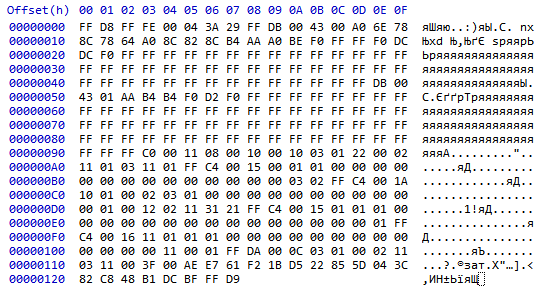English version of the post
Совершенно рутинный трабл-тикет в нашу техподдержку вскрыл очередную странную блокировку довольно значимого для уважающего свои интернет-свободы сообщества сервиса Protonmail в некоторых сетях России. Не хотелось бы эксплуатировать «жёлтый заголовок», но история странная и несколько возмутительная.
TL;DR
Важное замечание: разбор продолжается и пока всё в процессе. Может «мальчика и нет», но скорее всего есть. Будет дополняться по мере появления новой информации.
Крупнейшие российские операторы связи МТС и Ростелеком внереестрово блокируют трафик на SMTP-сервера сервиса защищённой электронной почты Protonmail по письму из ФСБ. Судя по всему, уже достаточно долго, но никто особого внимания пока не обращал. А мы вот обратили.
WTF и пригорание продолжается, все участники получили соответствующие запросы и должны предоставить мотивированные ответы.
UPD: МТС предоставили скан письма ФСБ, по которому производится блокировка. Мотивировка: Универсиада и «телефонный терроризм». Чтобы письма с ProtonMail не попадали на тревожные адреса спацслужб и школ.
UPD: Protonmail удивились методам борьбы с фродом у «этих странных русских» и посоветовали более эффективный вид борьбы через abuse mailbox.
UPD: Бравая концепция борьбы ФСБ с ложными обращениями не выдержала критики: письмом поломали входящую почту на ProtonMail, а не исходящую.
UPD: Protonmail пожали плечами и сменили IP-адреса своих MX, таким образом уведя их из под блокировки по этому конкретному письму. Вопрос, что будет дальше открыт.
UPD: Судя по всему, такое письмо не одно и есть ещё набор IP-адресов VOIP-сервисов, которые внереестрово блокируются.
UPD: Так как история стала распространяться за пределы Рунета, подготовили перевод на английский язык, ссылка вверху.
 Да, зима — не лучшее время для статьи о молниях. Но время близится! Сезон дождей и гроз всего через каких-то 4-5 месяцев, а работы – хоть отбавляй.
Да, зима — не лучшее время для статьи о молниях. Но время близится! Сезон дождей и гроз всего через каких-то 4-5 месяцев, а работы – хоть отбавляй.
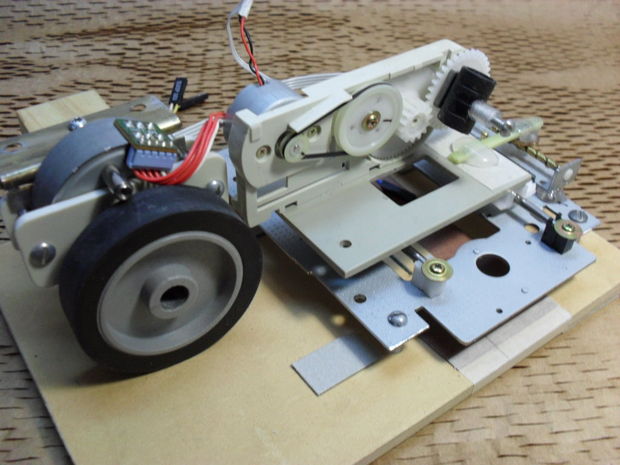
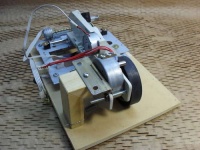
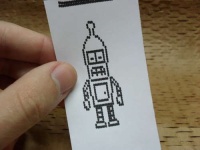
 Само наличие психологической деформации у какой-либо профессии, как правило, достаточно спорный момент ввиду того, что у разных людей она проявляется по-разному. Однако общую тенденцию можно выделить и, пожалуй, настало то время когда можно достаточно смело говорить, что программисты всё же имеют свой особенный психологический портрет который обусловлен их профессиональной деятельностью.
Само наличие психологической деформации у какой-либо профессии, как правило, достаточно спорный момент ввиду того, что у разных людей она проявляется по-разному. Однако общую тенденцию можно выделить и, пожалуй, настало то время когда можно достаточно смело говорить, что программисты всё же имеют свой особенный психологический портрет который обусловлен их профессиональной деятельностью.



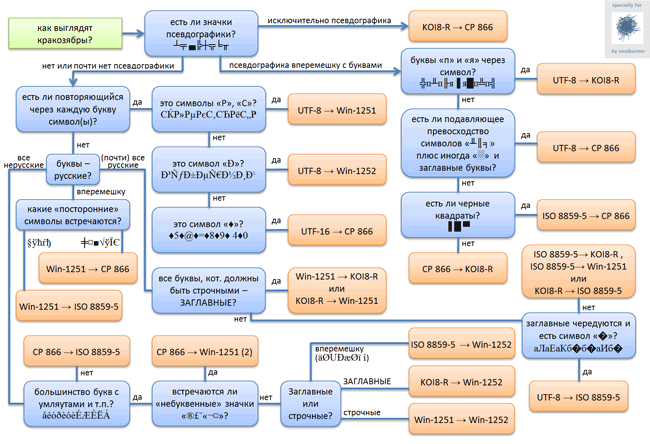
 Краткое содержание предыдущей серии: Сбербанк приходит на Хабр, декларирует намерение радикально измениться, собирает море гневных комментов, благодарит всех за полезные отзывы.
Краткое содержание предыдущей серии: Сбербанк приходит на Хабр, декларирует намерение радикально измениться, собирает море гневных комментов, благодарит всех за полезные отзывы.


